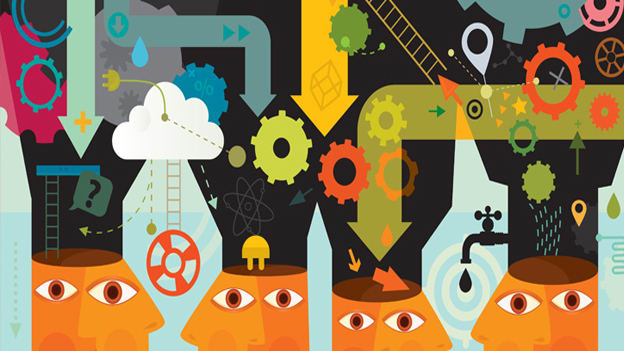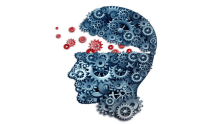Here's how you should customize learning

Create the Future Read similar articles

L&D interventions are shifting from a one-size-fits-all to a highly customized approach. This personalization of learning interventions helps create a better learning experience, translating to a better overall employee experience. A learning intervention that is attuned to the learning needs at an individual, department and organizational level is more likely to bridge the skill gap and at the same time help steer the organization in the right direction.
For a highly individualized experience, companies have long been carrying out “training needs identification” exercises, but this was not always followed up with programs that had ensured behavioral change. L&D professionals must go one step further and understand employees’ learning style. People learn best when training matches their inherent learning style, leading to better learning retention and application.
Understand different learning styles
There are a number of learning styles have been outlined in the past, most common being the VAK (Visual, Auditory, Kinaesthetic) style. However, the transient and continuous nature of organizational learning has given rise to a new way of looking at learning styles, according to Pluralsight. These are influenced by factors such as the learning attention span, learning frequency, learning intensity which greatly influence learning results.
Four learning styles have been proposed based on learner behavior and habit:
1. Focused: High course completion rates and long viewing sessions. Unlike their peers, they’ll watch a course all the way through.
2. Browse: Views videos in chunks and is more interested in certain modules vs. watching a course from start to finish
3. Replay: Focuses on a handful course clips that are most useful and rewatches them frequently
4. Just-in-time: Uses search to find answers fast and get back to work
When the learning intervention meets the style of the learner, it will become effortless and engaging. This can set the stage for creating the “pull” rather than the “push” method that characterizes most organizational learning.
Research indicates that the 41% of the variance in employee engagement is driven by activities that L&D professionals have the opportunity to influence
How to Identify Learner Styles
L&D professionals are the custodians of the learning process. And the onus of driving learning effectiveness lies with them, along with line managers. L&D, HR and line managers must work in tandem to see effective results. Here is how different stakeholders can contribute to making this happen:
• The role of the line manager: The most accessible point of contact for an employee is the line manager. In today world, the line manager is not just a supervisor, but a mentor and coach, responsible for the development of his or her employees. It is often the line manager who monitors progress and identifies skill gaps. Research shows that line managers initiate a high percentage of the training and they are also responsible for over half of the discussions with employees on the effectiveness of training4. Line managers must initiate periodic learning-discussions to discuss learning outcomes, personal learning aspirations and application of learning on the job.
L&D must seek outline manager support to customize learning. Line managers, in turn, must offer their employees a range of training resources belonging to the four learner styles, and keenly observe who learns how.
• The role of L&D: L&D professionals must collate inputs from all stakeholders and from other sources like ‘Training needs analysis’ and ‘Performance data.' They must initiate learner-centric qualitative discussions with line managers. L&D should design and administer learning-assessment tools based on learner-types. Factors that L&D professionals should consider are the learning channel (physical vs. virtual), learning frequency (continuous vs. one-time), learning intensity (long-term vs. byte-sized), learning proficiency (beginner vs. advanced), learning commitment (full-time vs. part-time).
• The role of leadership: A learning culture is not created overnight. HR and L&D leaders must invest in the process, resources, effort, time, funds, etc. Leaders must be willing to offer a range of learning mechanisms and have the patience to administer and analyze outcomes, over a sustained period. In order to communicate the importance of learning, leaders themselves need to invest their own time in learning, thereby becoming the role models for others to follow.
Using technology to change
L&D departments must identify and employ the necessary learning technologies to drive a high degree of customization. Right from recording learner profiles to allocating learning courses to tracking completion. Learning technology interventions that adhere to multi-channel, multi-device, multi-format learning is the way to go. Moreover, the platform should give people the flexibility to experiment with learning styles depending on their need. L&D leaders should factor in these various formats and commit to building multi-variate learning strategy and varied experiences to bring out the best of each employee.






